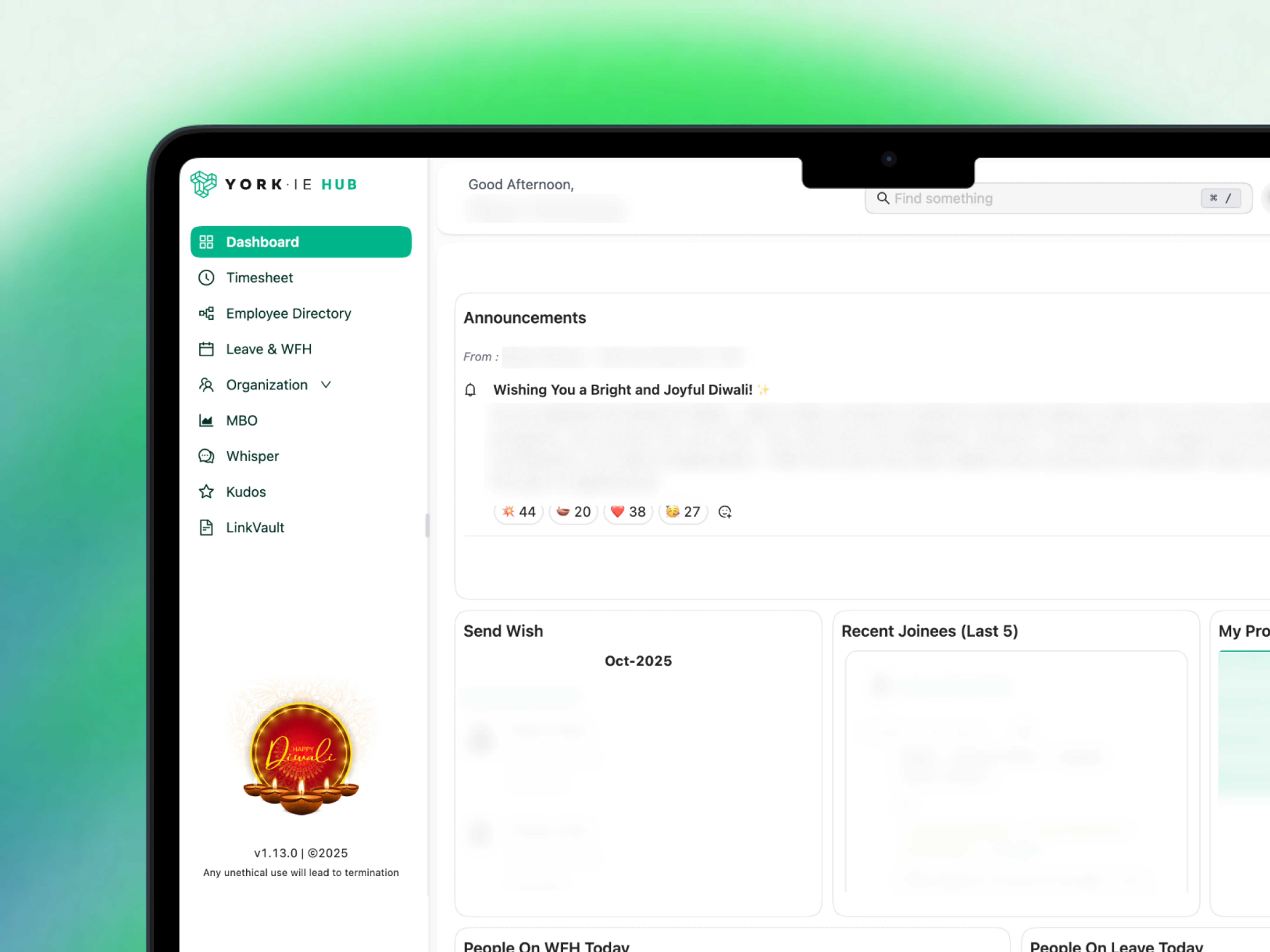Using SaaS solutions, healthcare organizations attempt to cut down operations for efficiency, reduce costs for care delivery, and promote patient-first care delivery. Thus, customers forego the cost of an infrastructure when they move service providers to the cloud, and more funds go into patient care.
But SaaS solutions also have to confront a set of security problems based on the fact that health data is highly sensitive and confidential. Where privacy is concerned, it is of utmost importance that this guides design considerations in digital healthcare platforms and their implementation.
Privacy would then have to be upheld against a target set of adversaries, which in this case would include very sophisticated attacks against healthcare organizations. HIPAA statistics illustrate how breaches are increasing the compromise of healthcare records. Such security breaches mostly take the form of hacking and IT incidents.
(Source: HIPAA Journal)
To remedy such risks, healthcare SaaS startups have adopted a more offensive approach by building privacy into the software architecture from the beginning. Hence, privacy by design.
In this article, we shall see how healthcare SaaS startups may make privacy by design the default for a product’s DNA.
What Is Privacy by Design (PbD)?
PbD is a proactive framework that never waits for privacy risks to emerge. The development framework ensures that privacy and data protection principles are embedded into the technology from the very beginning.
These principles should be incorporated into the software design, network infrastructure, and business practices.
The framework was formed in the late 1990s by Dr. Ann Cavoukian, former Information and Privacy Commissioner in Ontario, Canada. Dr. Cavoikian stresses that privacy should be embedded in the product and system designs right at the beginning and not left as an afterthought.
PbD rests on 7 key principles:
It emphasizes the proactive stance when actively seeking and preventing privacy-invasive events.
It ensures personal data is automatically protected as privacy is built into the system as a default setting.
Privacy is embedded into the design and architecture of the software as it is essential to the core functionality being delivered.
It allows full functionality related to data security and privacy and aims to avoid unnecessary trade-offs.
The data is securely retained, and end-of-life disposal is protected and performed in a way that the data lifecycle remains secure.
It assures that the stakeholders of a transparent approach, where the business practices and technology involved operate according to the stated objectives.
User interests are respected by offering measures like strong privacy defaults, appropriate notices, and more.
#mc_embed_signup{background:#fff; false;clear:left; font:14px Helvetica,Arial,sans-serif; width: 600px;}
/* Add your own Mailchimp form style overrides in your site stylesheet or in this style block.
We recommend moving this block and the preceding CSS link to the HEAD of your HTML file. */
Sign Up for The Start Newsletter
(function($) {window.fnames = new Array(); window.ftypes = new Array();fnames[0]=’EMAIL’;ftypes[0]=’email’;fnames[1]=’FNAME’;ftypes[1]=’text’;fnames[2]=’LNAME’;ftypes[2]=’text’;fnames[3]=’ADDRESS’;ftypes[3]=’address’;fnames[4]=’PHONE’;ftypes[4]=’phone’;fnames[5]=’MMERGE5′;ftypes[5]=’text’;}(jQuery));var $mcj = jQuery.noConflict(true);

This policy is vital for the healthcare SaaS startup since this domain has a repository of confidential patient data and is subject to strict regulations, e.g., HIPAA and GDPR.
Hence, embedding privacy in their healthcare software architecture will allow startups to comply, remain clear of data breach occurrences, and thrive in the trust of customers.
Overview of the Healthcare Regulatory Landscape
The modern healthcare ecosystem offers some challenges to be resolved via the complete gamut of regulatory compliance. Thus, healthcare SaaS organizations are to comply with several federal, state, local, and industry regulations.
Major regulations include:
HIPAA (Health Insurance Portability and Accountability Act) – It establishes national standards for protecting sensitive patient health information in the United States.
GDPR (General Data Protection Regulation) – Governs data protection and privacy for all individuals within the EU, with far-reaching extra-territorial impact.
HITECH (Health Information Technology for Economic and Clinical Health Act) – It promotes the adoption of healthcare technologies and the enforcement of HIPAA by adjusting breach notification requirements.
For healthcare SaaS startups, these are the bare minimum on which a secure ecosystem should be founded; any kind of violation of these laws can indeed result in heavy penalties, lawsuits, and grave damage to the reputation.
Besides this, adhering to these regulations acts as a demonstration to indicate that the startup stands for the protection of patient privacy as well as their data in an ethical manner.
In healthcare SaaS, compliance isn’t just about avoiding penalties; instead, it’s the basis of customer trust and confidence.
Privacy by Design Implementation in Healthcare SaaS
Implementing the principles of privacy by design is a mindset that must be woven into the entire business lifecycle. It must be treated as a strategic imperative and embedded into each stage from product ideation to deployment.
Here are a few pointers to consider before implementing PbD in healthcare SaaS.
Avoid Holding on to ‘Just in Case’ Health Data
Data minimization is the fundamental principle of data privacy and protection. Collect and hold on to the bare minimum data, as excessive data creates increased risk. The personal information collected and retained must be relevant and necessary to achieve a specific purpose.
Seek User Consent
Key to safeguarding personal information is user consent. It accords freedom to the user to choose who has access to their information.
Build a transparent consent flow that clearly explains how and why the data is collected and used. Also, allows users to revoke consent without friction.
Implement Access Controls
Leverage role-based permissions to restrict access to sensitive data. That way, only authorized users can access patient data. Review these permissions regularly.
Apply Encryption
Encryption is a basic privacy requirement in healthcare. It must be applied at rest and in transit to ensure that the intercepted data is inaccessible.
Maintain Detailed Logs
Regularly audit the trails of who accessed what data and when. This will build internal accountability and help you stay compliant with the regulatory requirements.
The pointers mentioned above aren’t just surface-level features. They must be systematically integrated into the software development lifecycle. In other words, organizations must align technical decisions with regulatory expectations and anticipate privacy risks long before the product reaches users.
Given the high risk of handling health information, many startups can benefit by partnering with a HealthTech software development expert. These specialists know how to navigate the complexities of health tech and understand the nuances of HIPAA and GDPR. Hence, they can bring a combination of technical expertise and domain knowledge.
4 Key Steps for Privacy by Design Implementation in Healthcare SaaS
Here are 6 steps for implementing privacy by design in healthcare SaaS.
Privacy Impact Assessment (PIA)
A Privacy Impact Assessment becomes a mandatory exercise while identifying potential vulnerabilities during the design stage, before the actual development of any system. It looks into how an organization handles personal data to check on compliance with regulations while identifying possible risks.
The assessment further explains how sensitive data is collected, processed, stored, or shared so that the organization can analyze and evaluate the potential privacy impact on the users from such actions.
Choosing the Right PbD Framework
PbD presents two major approaches. In one, the GDPR requires healthcare SaaS companies to systematically identify risks and implement mitigating measures. Therefore, data processed in or from the EU must arguably follow the framework of the Office of the Information and Privacy Commissioner of Ontario.
Conversely, data regarding California residents is better governed under the NIST Privacy Framework to address risks in line with the CCPA.
Implement Organizational and Technical Measures
Privacy by design initiates the creation of a culture supporting privacy. Hence, Healthcare SaaS firms must establish clear data protection policies; hold staff training regularly, and identify responsibilities within departments, including those of non-technical teams such as HR and marketing.
On the technical side, there exist technical safeguards such as encryption (for data in transit and at rest), role-based access controls, and others like anonymization or pseudonymization. These mitigation techniques reduce the exposure of sensitive health data so that only authorized personnel can access it.
Monitor and Reassess Privacy Policies
Establishing a system of privacy by design is an ongoing commitment. As your SaaS startup evolves, teams, technologies, and third-party tools change, which is important but adds to the level of privacy challenge.
Stay ahead of this evolution by regularly reviewing and revising your privacy policies and safeguards. Set routine audits to identify potential risks, ensure compliance, and judge whether the measures currently in place still meet regulatory standards.
Combine the outputs from monitoring tools, incident logs, and feedback loops for valuable insight into emerging vulnerabilities. Make privacy a process that continues to evolve with your business and protect sensitive data through all stages of development.
Summing Up
For healthcare SaaS firms, privacy by design is more than just a compliance checkbox. By embedding privacy into each layer of the organization, startups can not only mitigate legal and reputational risks but also create a product that users can trust.
Use the information shared in this post to prioritize privacy from the ground up and lead in an industry where data security is not negotiable.
Frequently Asked Questions
What is Privacy by Design for Healthcare SaaS?
Privacy by Design is a concept that considers privacy in developing healthcare SaaS applications, guaranteeing personal data protection from the outset.
It offers an advantage for healthcare SaaS companies for being able to comply with the regulations. Plus, it builds trust with the patient and minimizes the possibility of a breach.
How does a startup implement Privacy by Design?
Applying PbD means incorporating privacy into the workflow at every stage of development, from requirement gathering through implementation.
This includes undertaking a Privacy Impact Assessment (PIA), conducting training for cross-functional teams, limiting the collection of data, enforcing encryption, and allowing access controls.
More so, keep track of the evolving regulations, and maintain documentation to back up compliance and trust.
What sort of difficulties do startups encounter when trying to implement Privacy by Design?
Startups find it difficult to implement PbD because of a lack of resources and many competing priorities. Often, teams grapple with understanding and applying overlapping regulations such as HIPAA and GDPR.
Startups also struggle to balance user experience with privacy controls and awareness-building across the organization, especially outside of engineering teams.
Does Privacy by Design grant a competitive advantage to a startup?
Of course! Strong privacy measures are a competitive differentiator for a product in the crowded HealthTech arena. Clients and partners are increasingly considering a firm’s security posture before signing contracts. Applying PbD can accelerate deals and strengthen user and investor confidence.
Verizon Small Business Digital Ready
Find free courses, mentorship, networking and grants created just for small businesses.

The post Building for Privacy by Design in Healthcare SaaS Startups appeared first on StartupNation.



























